NBA’s unreal decline: From urban sport powered by personalities to an elitist league reliant on gimmicks
The constant decline in NBA's viewership and ratings is concerning despite having the biggest names in the world.
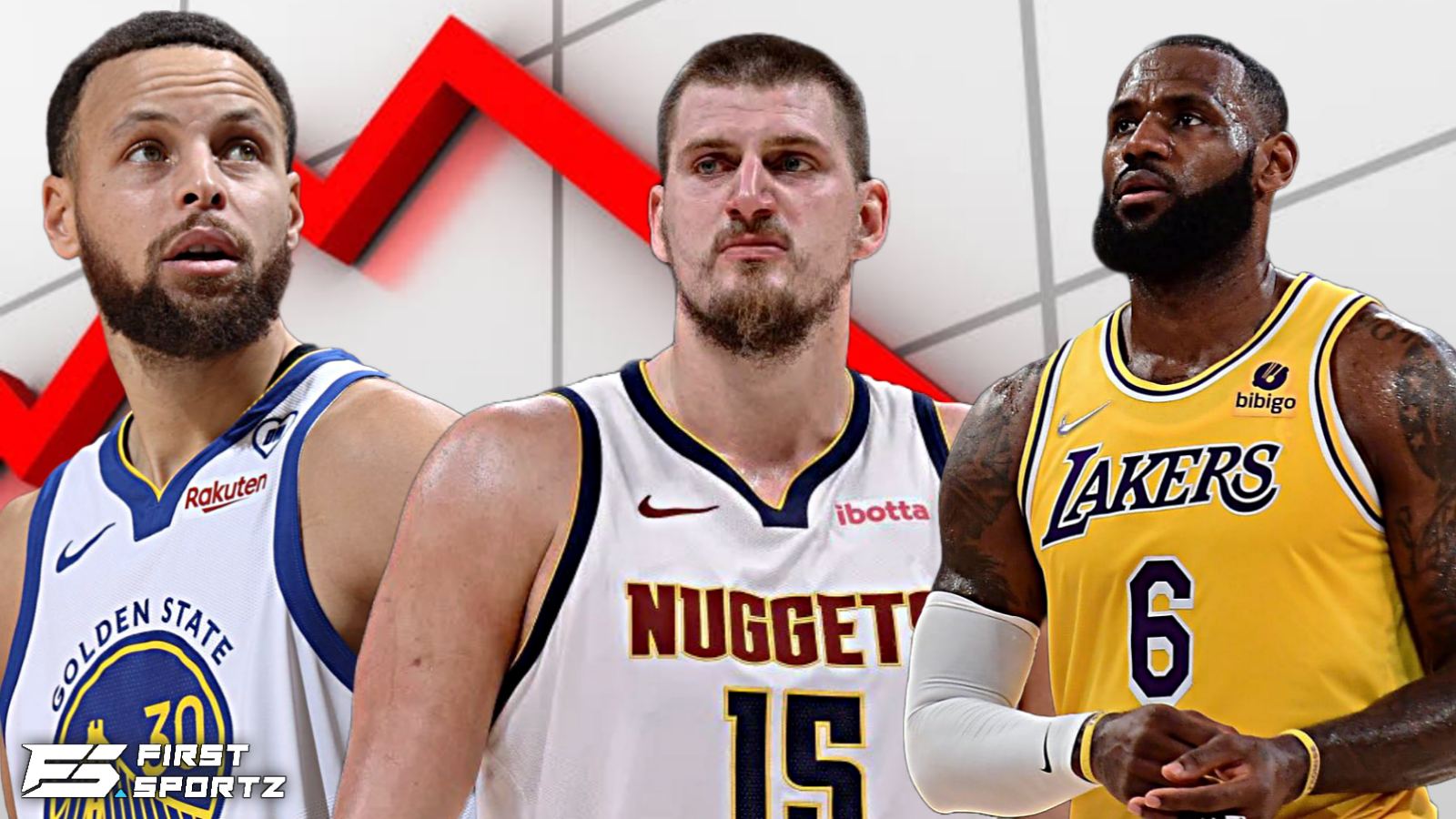
Steph Curry, Nikola Jokic, and LeBron James
The NBA has hit a rough patch, suffering a nearly 50% drop in television ratings over the past decade, including a staggering 28% decline on ESPN this season. Once the most exciting sports league in the United States, it’s now plagued by political controversies, a mid-season tournament that nobody asked for, and teams sitting their star players despite high ticket prices. What was once a league full of talent, charisma, and edge has devolved into a stale version of itself.
So, what happened to the NBA? Fans are wondering how the league, once powered by talented players from urban backgrounds and international stars who made the game a global phenomenon, went from cultural icon status with names like Michael Jordan, Kobe Bryant, and more recently, LeBron James, to a point where half its audience feels alienated by political stances and social activism from the league, coaches, and players.
On top of that, the game itself has lost its edge. What was once a sport defined by dynamic plays, dunks, and flashy dribbles has devolved into little more than a glorified 3-point shooting contest. Even worse, teams now sit their star players to protect them for the full season, leaving fans who paid top dollar disappointed with what they get to see on the court.
Since David Stern stepped down as commissioner in 2014, Adam Silver has taken the reins, but under his leadership, the league has found itself stuck in a rut. The NBA’s current state isn’t dire, but there are clear signs that it needs change—quickly—if it hopes to stay relevant and not fall further behind the NFL.
What happened to ‘the game’?
Today, the NBA has arguably its best-ever collection of stars spread across the league, yet many teams have fallen into a predictable and often dull approach to their game—shooting three-pointers at all costs. This is reminiscent of the MLB’s obsession with home runs, and just like that era, the NBA is suffering from a game dominated by long-range shooting, poor defending, and boring match ups.
The flair that once made the sport exciting seems to have faded, with some teams attempting 40-50% more three-pointers per game than ever before. The intricate team strategies and offensive plays that once defined the game have been replaced with a reliance on quick, high-volume three-point shooting. While the scores may be higher, the games often fall flat in terms of excitement. For older fans or those who preferred a more balanced style of basketball, this shift can feel like a major disconnect from the sport.
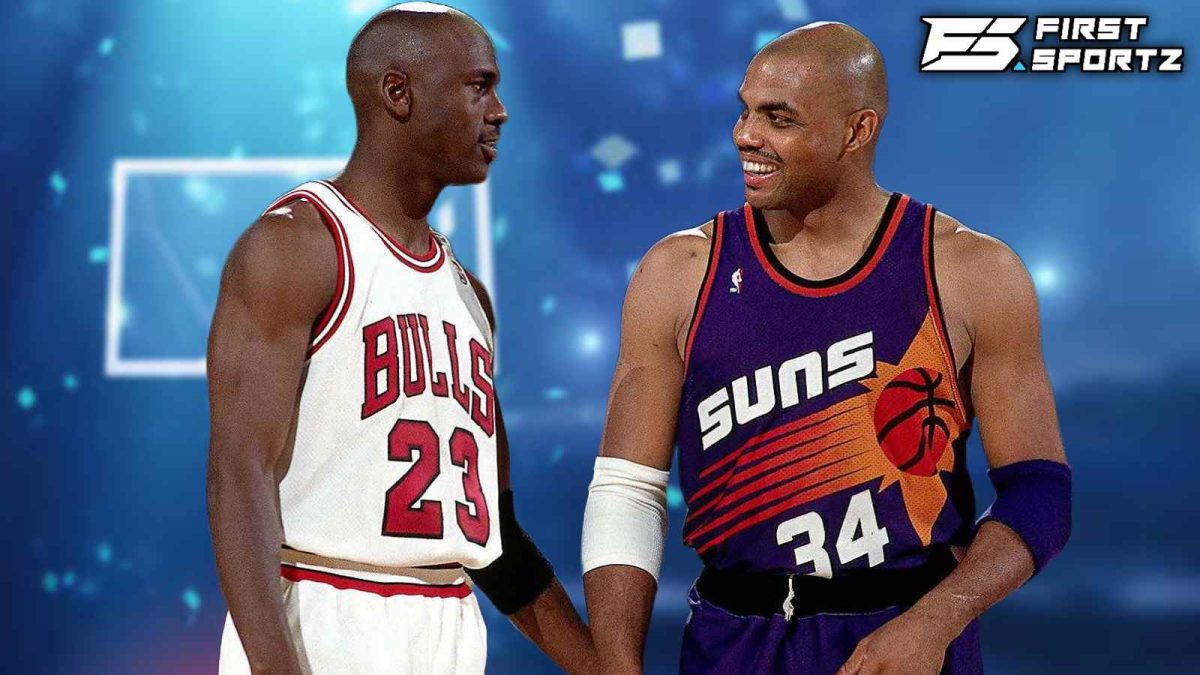
The NBA’s roots were built on flashy plays and high-flying dunks—Michael Jordan soaring through the air is the quintessential image of the league, not Stephen Curry launching three-pointers from deep. Unfortunately, with the increased focus on three-point shooting, the intensity and physicality of the game have been watered down. Over-protecting players has led to foul-driven, slower games that can feel less thrilling.
A devalued regular season
The 82-game NBA regular season is a grind, but while there’s more talent than ever before, many teams have opted for “load management” to rest their top stars. As a result, fans often pay premium prices to see their favorite players, only to watch those stars sit out games—especially when they’re on the road. This frustrates die-hard fans and hurts the league’s bottom line.
Although the NBA’s social media numbers are up, many experts suggest that this is largely due to fans watching game highlights after the fact, rather than tuning in for full games live or on streaming platforms.
The NBA Cup: A gimmick with no real payoff
To boost excitement mid-season, the NBA introduced the NBA Cup, a competition modeled after the FIFA World Cup format, where teams face off in group stages followed by knockout rounds. On paper, this tournament seemed like a great way to spice up the regular season. But in reality, it’s left many fans scratching their heads.
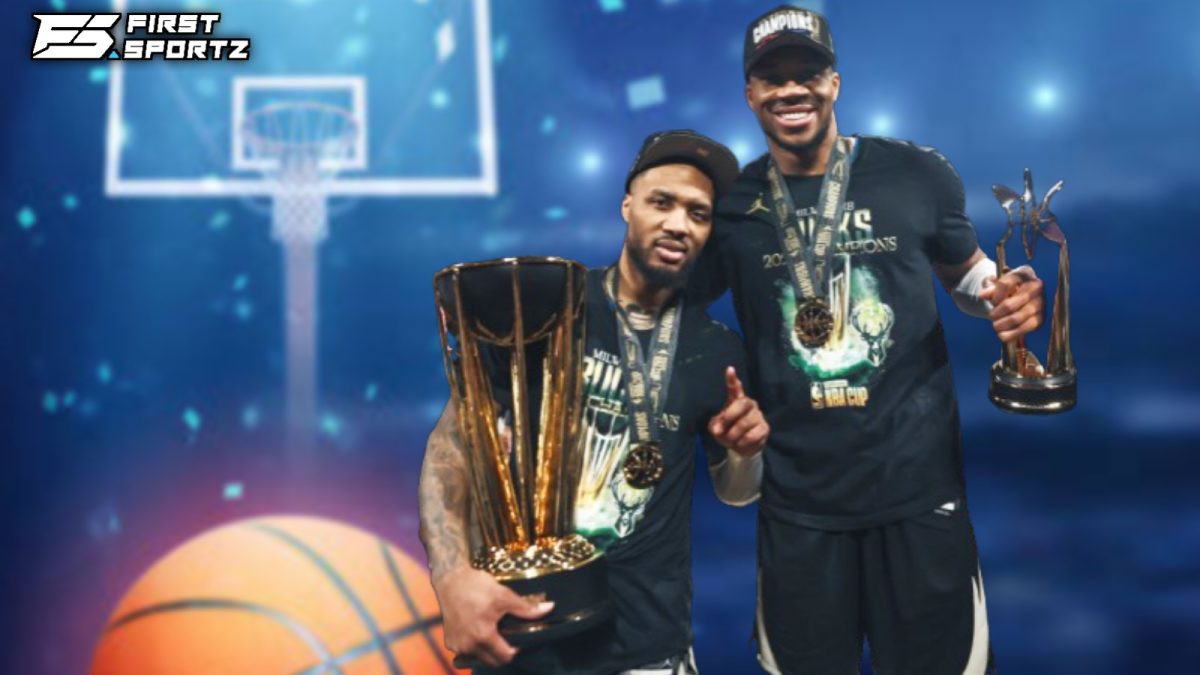
In soccer, many leagues have multiple championships each season—such as Major League Soccer’s MLS Cup, the Supporters Shield for the best regular season record, and the US Open Cup, which includes lower-division teams. But the NBA Cup doesn’t have that same flair. It’s just another competition between the same 30 teams. Aside from prize money, there’s no significant incentive to win the NBA Cup, and unlike US Soccer’s US Open Cup, there’s no chance for an NBA team to compete internationally. The NBA is completely absent from the international calendar, which makes winning the NBA Cup feel pointless.
The NBA Cup has been criticized for feeling like a forced diversion from the regular season. The league even changed the courts to reflect the event’s theme, but it hasn’t led to a real shift in the product. It’s just another NBA game dressed up in a different package.
The All-Star Game: A showcase of conformity
There was a time when the NBA All-Star game was about more than just entertainment—it was about pride. When Michael Jordan faced off against Charles Barkley, or when Kobe Bryant battled Jordan, the game was a symbolic showdown between the old and new generations of basketball.
Today, however, the All-Star game has become a showcase of players going through the motions, with little defense and little effort to entertain the fans. There’s no longer the same competitive spirit, and many criticize the game for turning into a media spectacle rather than a true basketball contest. The addition of side events featuring G-League players or those with little national recognition has diluted the experience for fans, turning the All-Star weekend into a promotional tool for the league rather than a chance for fans to see the best of the best.
NBA and Politics: A costly stance
Perhaps the biggest factor in the NBA’s decline in viewership has been its heavy involvement in politics. While athletes have always had a platform to speak out, the NBA seems to have gone too far, alienating a significant portion of its fanbase.
The most prominent example is LeBron James, who became embroiled in a public feud with then-President Donald Trump. The two exchanged barbs for years, and while LeBron’s activism is admirable, it’s clear that his outspoken views turned off a segment of the NBA’s audience—particularly Trump supporters.
Other NBA figures, like Gregg Popovich, Steve Kerr, and Kyrie Irving, have also been vocal in their criticism of Trump and the Republican Party. In fact, many NBA champions skipped the White House visits during Trump’s first term, which further polarized the league’s fanbase.
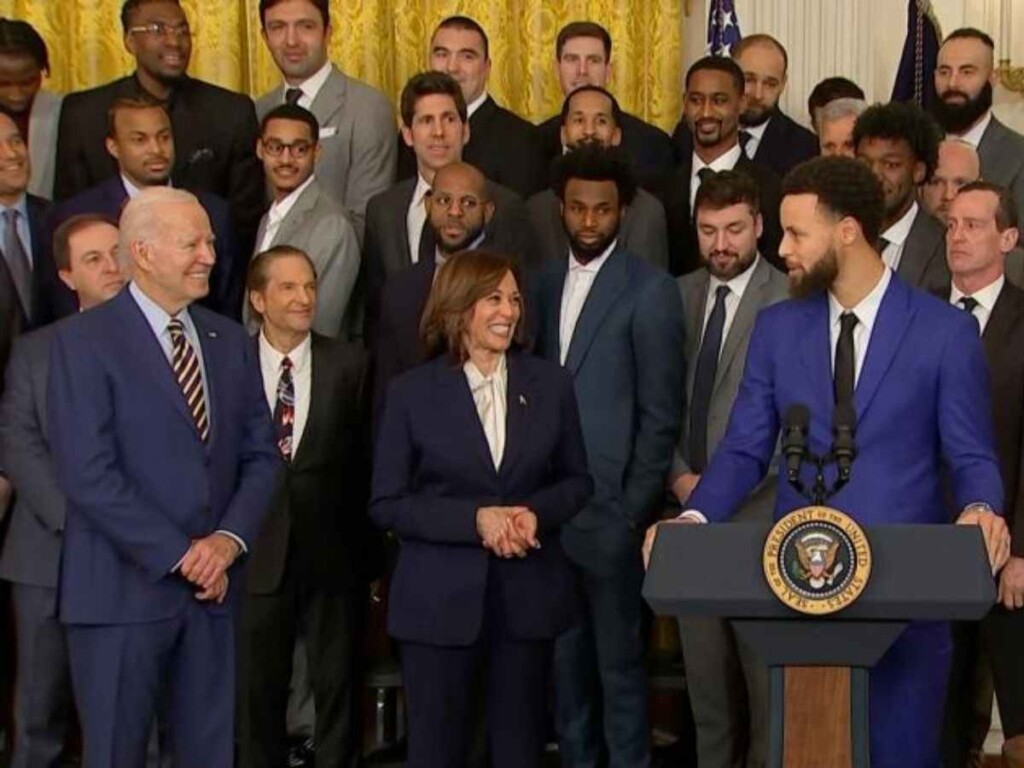
As Trump’s presidency wore on, the NBA’s political activism became more pronounced, with players and coaches regularly weighing in on social issues. While the league’s leadership under Adam Silver supported the players’ right to speak their minds, the result was a divided fanbase. Fans of a more conservative bent were turned off by the league’s political stance, especially when the NBA was seen as too involved in social movements like Black Lives Matter. Meanwhile, other leagues like the NFL and MLB began to dial back their political talk, focusing more on the games themselves.
Michael Jordan famously said, “Republicans buy sneakers too.” While it was a joke at the time, the truth of that statement remains. The NBA has lost a significant portion of its audience by alienating fans who disagree with its political stances, and this has undoubtedly contributed to the league’s struggles with ratings.
The future of the NBA
Despite its current struggles, the NBA remains one of the most popular sports leagues in the United States. However, it is caught in a complicated mix of political activism, an overreliance on gimmicks, and a decline in the quality of play.
To regain its momentum, the league needs to get back to its roots—focus on skill, physicality, hustle, and the unique urban style that made the NBA a global phenomenon. The sport needs to return to what made it great: thrilling games with high-flying dunks, intense competition, and players who feel connected to their fans.
In the 1990s, the Dream Team in Barcelona marked a turning point for the NBA, and the league experienced a massive upward trend. But since 2014, things have begun to slow down. If the NBA doesn’t get back to the basics that made fans fall in love with the game, it may continue to decline—leaving its future in question when its next media deal comes up in 2036.

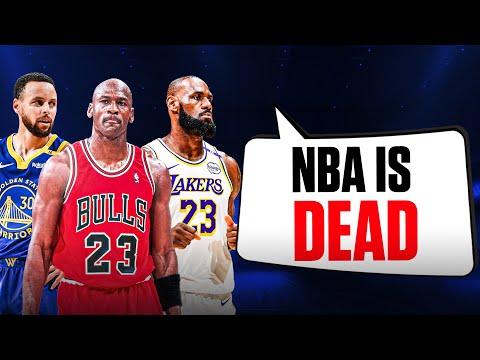
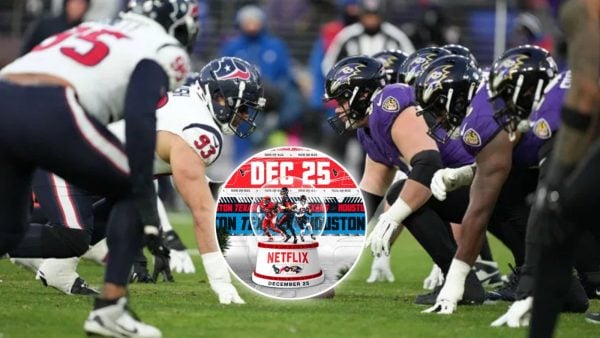
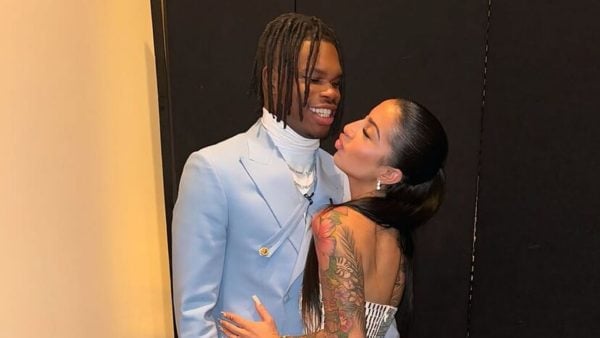
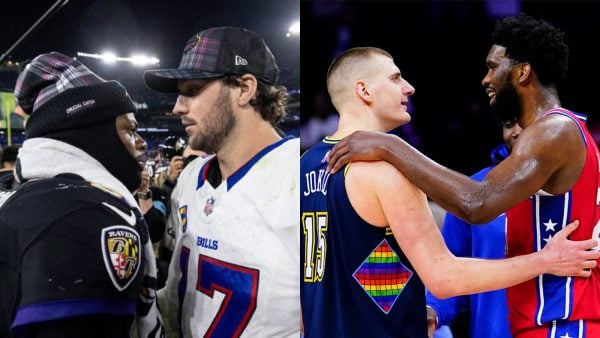








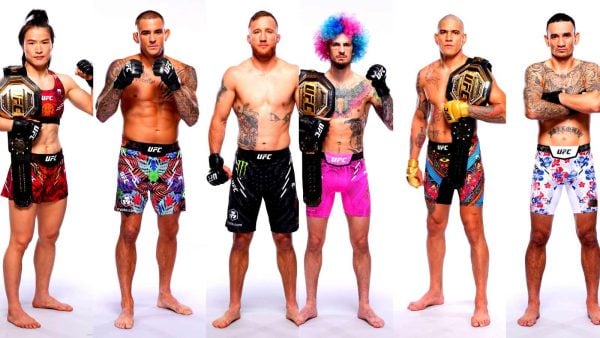
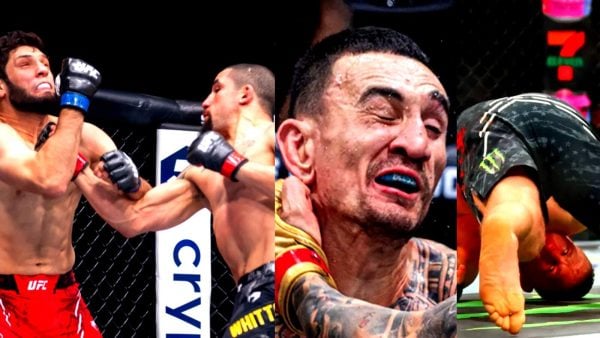
Kelvin Loyola
(2 Articles Published)